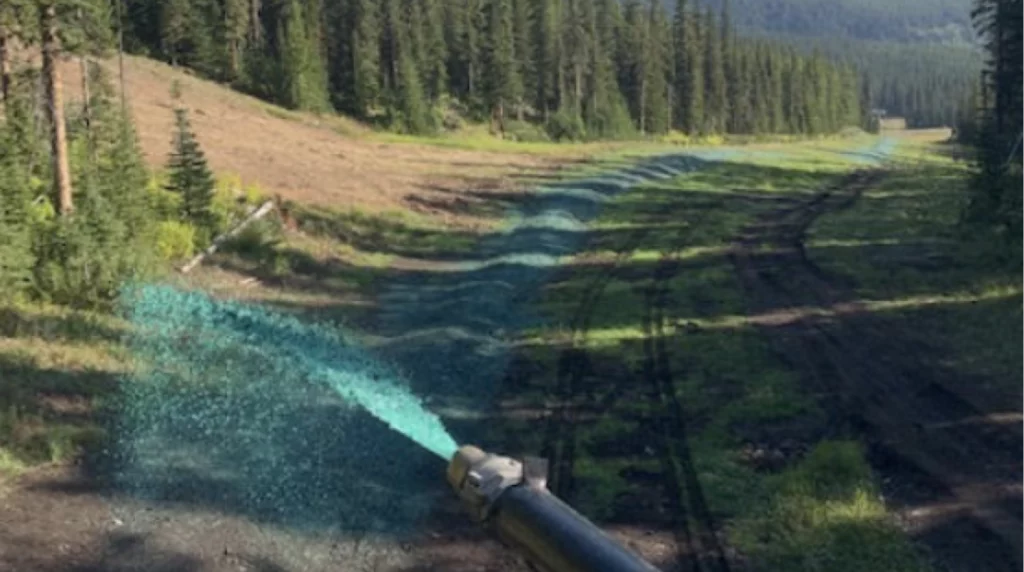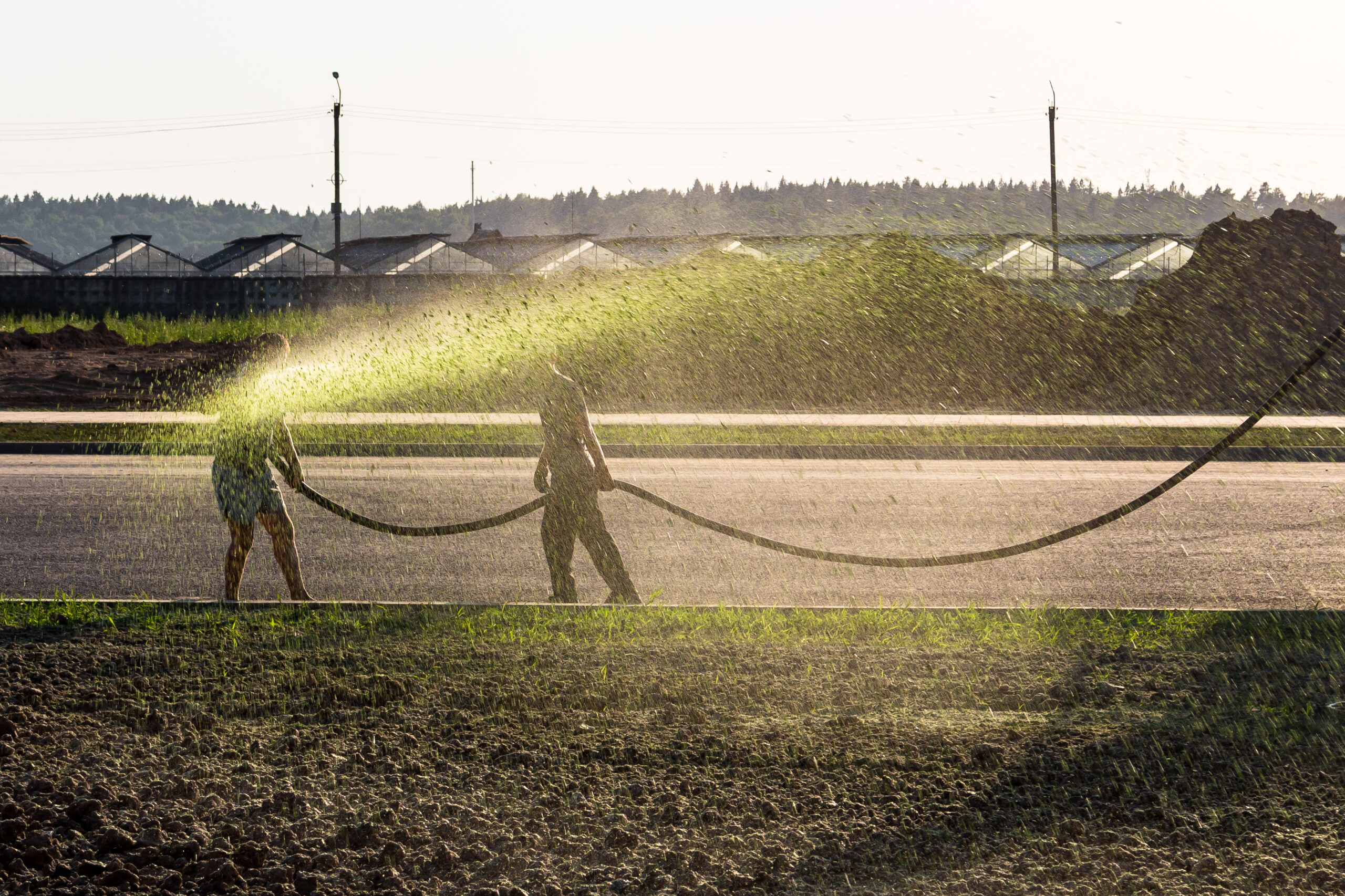Blog
Hydroseeding and Sustainable Development: An Eco-Friendly Approach
What is Hydroseeding?
Hydroseeding, also known as hydraulic mulch seeding, is a process used in land reclamation, erosion control, and vegetation establishment. The hydroseeding units work by mixing and agitating seed, fertilizer, and mulch into a slurry which is then sprayed onto the ground in an even layer. The special slurry forms a blanket on bare soil, protecting the soil from erosion and runoff, and holding the seed in place until it gets growing.

Benefits of Hydroseeding
1. Erosion Control:
One of the primary uses of hydroseeding is to prevent soil erosion. It accomplishes this by creating a protective layer of mulch over the soil surface, which helps to stabilize the soil and prevent it from becoming mobile through water or wind.
2. Vegetation Establishment:
Hydroseeding facilitates the rapid establishment of vegetation. The fibers contained in the mulch products along with the tackifier allow for intimate soil contact with the seed being applied. These mulches also improve moisture retention providing additional support for establishing a seed bed.
3. Cost Efficiency
4. Versatility
Hydroseeding can be used in a variety of landscapes and applications, including residential lawns, highway embankments, mine reclamation sites, golf courses, sports fields, and more. It is adaptable to different soil types and conditions making it a great solution for the construction industry.
5. Environmental Benefits
By stabilizing soil and promoting vegetation growth, hydroseeding helps reduce sediment runoff. It also enhances soil health by adding organic matter through the mulch and fertilizer components.
6. Speed of Establishment
Vegetation established through hydroseeding typically grows more quickly than with traditional seeding methods. This is due to the favorable conditions created by the mulch layer, which retains moisture and protects seeds from birds and other disturbances.

Embracing Hydroseeding for a Sustainable Future
Hydroseeding stands out as a cost-effective, versatile, and eco-friendly solution for large-scale projects. By stabilizing soil, promoting rapid vegetation growth, and reducing sediment runoff, hydroseeding plays a vital role in sustainable construction practices. Its adaptability to various landscapes and efficiency make it an excellent choice for projects ranging from residential lawns to large-scale environmental reclamation. As we move towards more sustainable development practices, hydroseeding offers a promising method for achieving both environmental and economic goals. Trust Vitae Environmental Construction to guide you in leveraging hydroseeding for a greener future.
Contact us today to learn more about our hydroseeding solutions and how we can support your sustainable construction projects.





